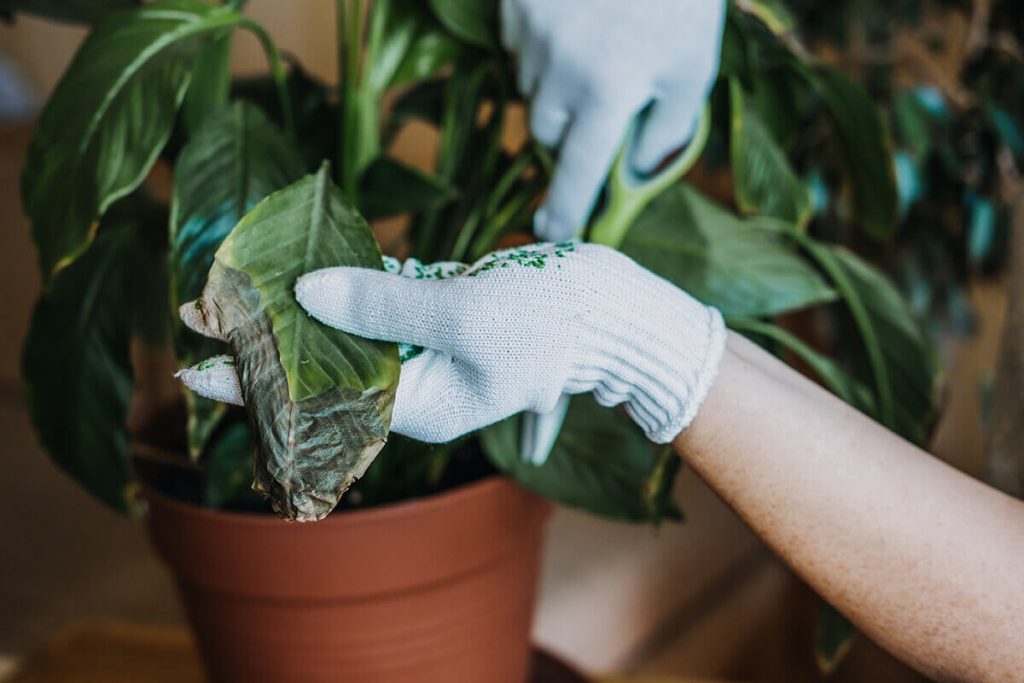Identifying Plant Disorders by Causal Agents
One method of identifying what is wrong with your plant is to identify the Casual Agent. The causal agent is any entity (cultural, manmade, nutrition, insect or pathogen) that produces an effect or is responsible for causing a disorder in the plant. In other words, the casual agent is the reason why your plant is …
